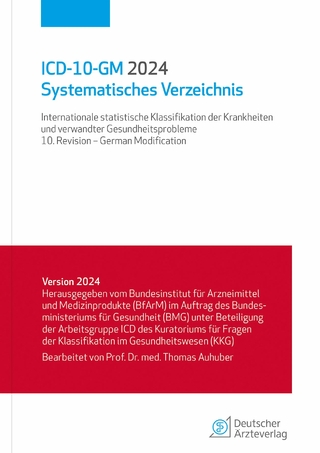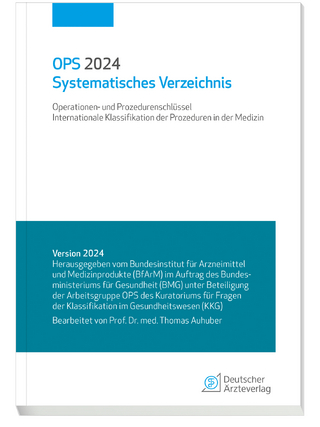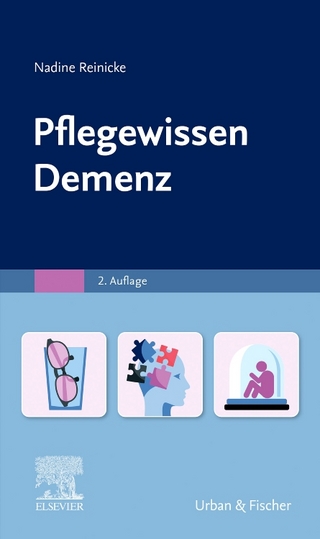This book opens with a discussion on the clinical applications of comet assay. Comet assay is rapid, simple method which able to assess DNA damage in different samples like blood, cells and tissues. Following this, the authors examine comet assay usage in occupational toxicology studies. Isolated lymphocytes were the most used cell line in these studies, but exfoliated cells such as nasal and buccal cell, liver, kidney and sperm cells may be used. Comet assay may also be used to detect nanoparticles-associated DNA damage. As such, this compilation assesses potential limitations due to the interaction of the nanoparticles with the method. Next, to shed light on the mechanisms of the DNA track formation, the authors apply an original approach based on the kinetic measurements in the comet assay, arguing that in neutral conditions at low levels of DNA damages, the comet tail is formed by extended DNA loops. New applications of the comet assay are described for the detection of aberrant DNA methylation, which is a promising marker in cancer diagnosis and follow-up. The authors go on to describe and analyse the results of in vitro treatment of lymphocytes with insecticide using comet assay under alkaline and neutral conditions, testing the commercial product Calypso® 480SC and its active agent thiacloprid at concentrations of 30; 60; 120; 240 and 480 �g.ml-1. In one study, Helianthus annuus (sunflower) seedlings were irrigated with Hoagland solution containing different concentrations of AlCl3. Morphological parameters such as germination rate and stoma number are evaluated. Additionally, the genotoxic effects of endosulfan pesticide at different times and in different concentrations in wheat leaf samples are analyzed in two-week old wheat seedlings in an effort to demonstrate that endosulfan is a genotoxic agent causing DNA breaks in wheat. In the closing chapter, the correlation between the comet assay parameters, cell viability, and hydroquinone concentration is explored. The relationship between comet assay and remaining hydroquinone after fungal treatment is also investigated in order to evaluate its biodegradation efficiency.
PrefaceClinical Applications of Comet AssayComet Assay in Occupational Toxicology StudiesThe Comet Assay as a Tool to Detect the Genotoxic Potential of NanomaterialsKinetic Approach in Comet Assay: An Opportunity to Investigate DNA LoopsEvaluation of Global DNA Methylation Status of Single Cells by the Comet Assay: A Promising Approach in Cancer Diagnosis and Follow-UpComet Assay: A Suitable Method for in Vitro Genotoxicity Assessment Using Animal LymphocytesDetermination of Aluminum-Induced Oxidative and Genotoxic Effects in Sunflower LeavesDetermination of Genotoxic Effects of Organochlorine Pesticides in Wheat (Triticum aestivum L.) by Comet AssayInvestigation of Genotoxic Effects of Organophosphorus Pesticides in Barley (Hordeum vulgare L.)Genotoxicity of Hydroquinone and Fungal Detoxification: Correlation with Hydroquinone Concentration and Cell ViabilityIndex.



